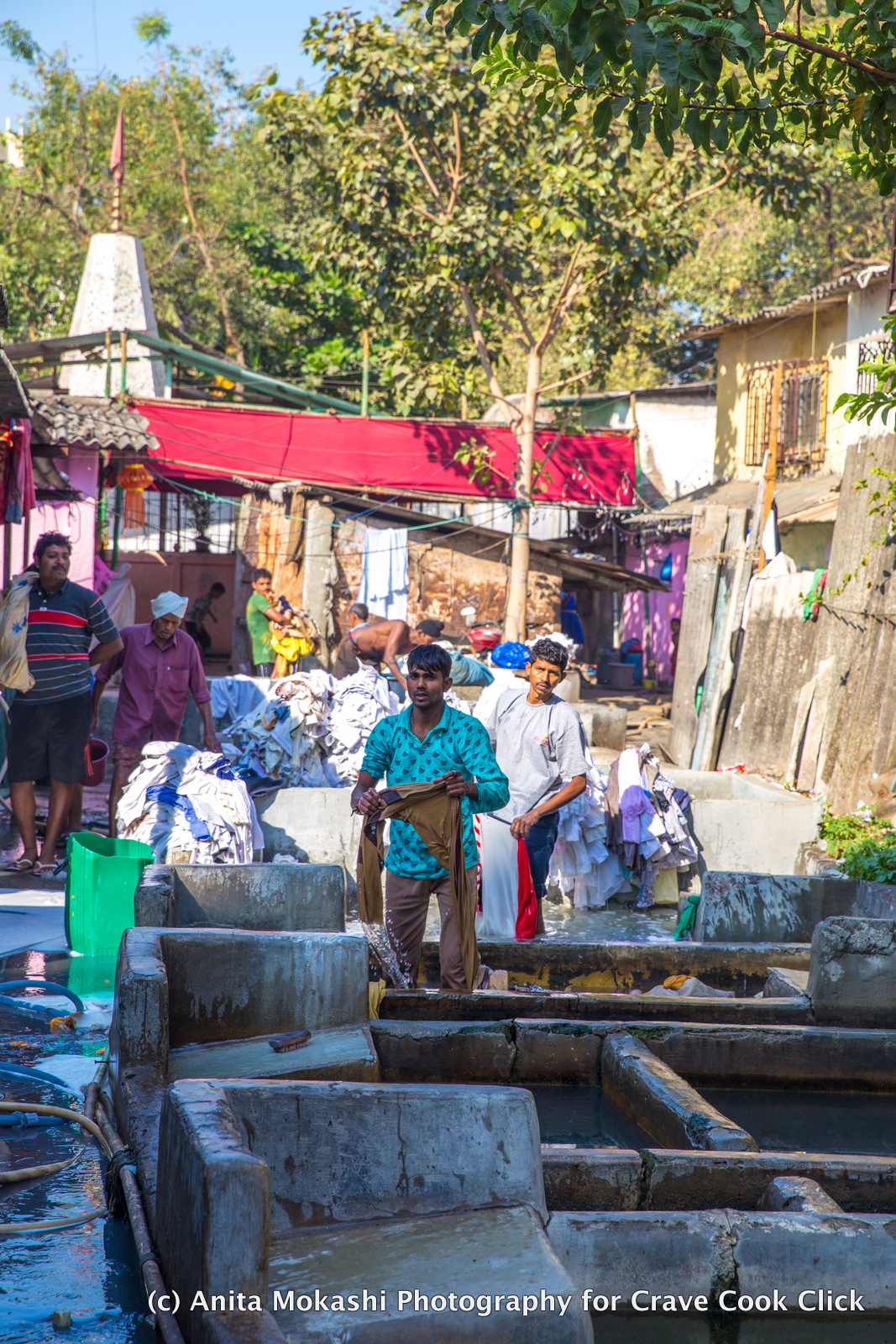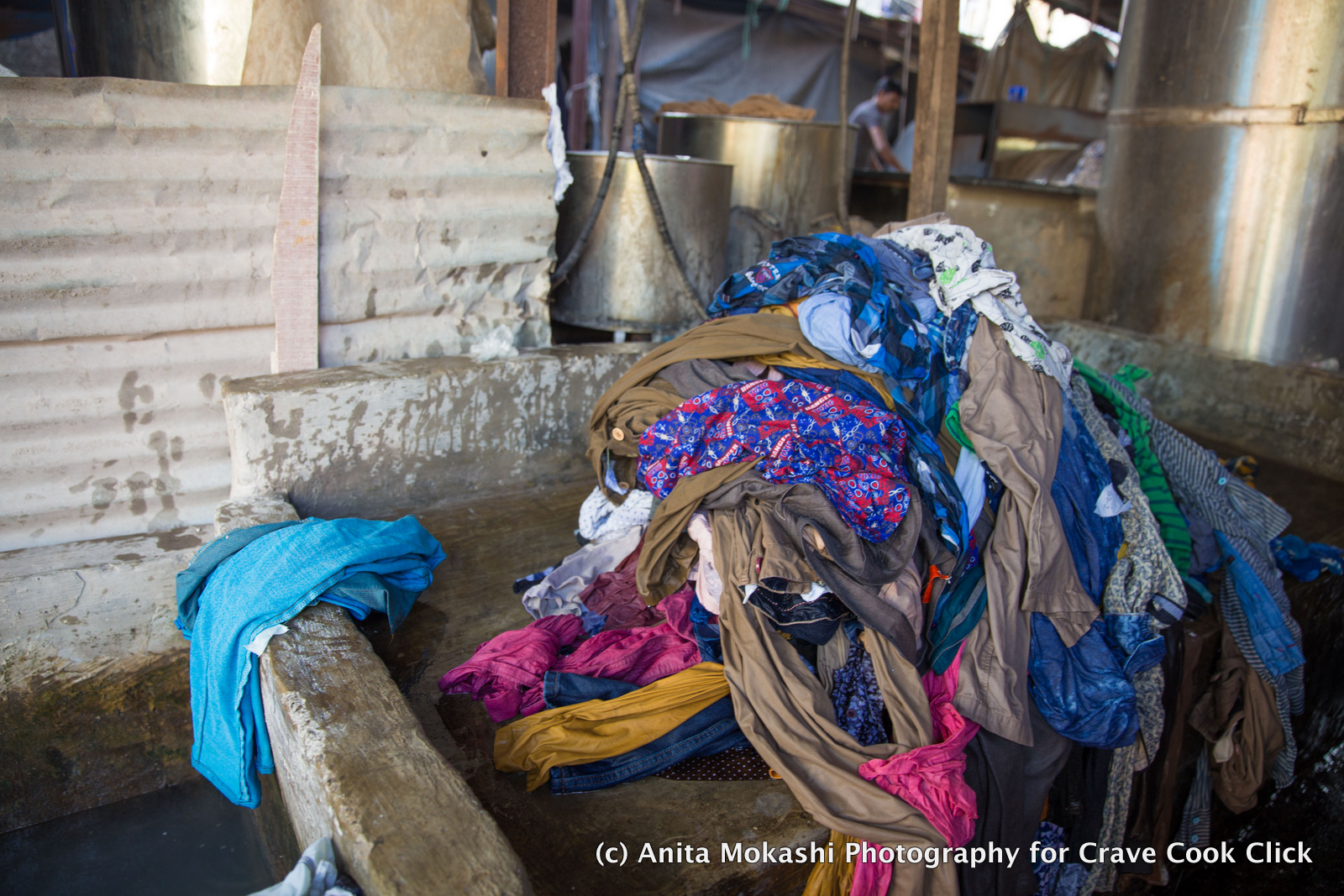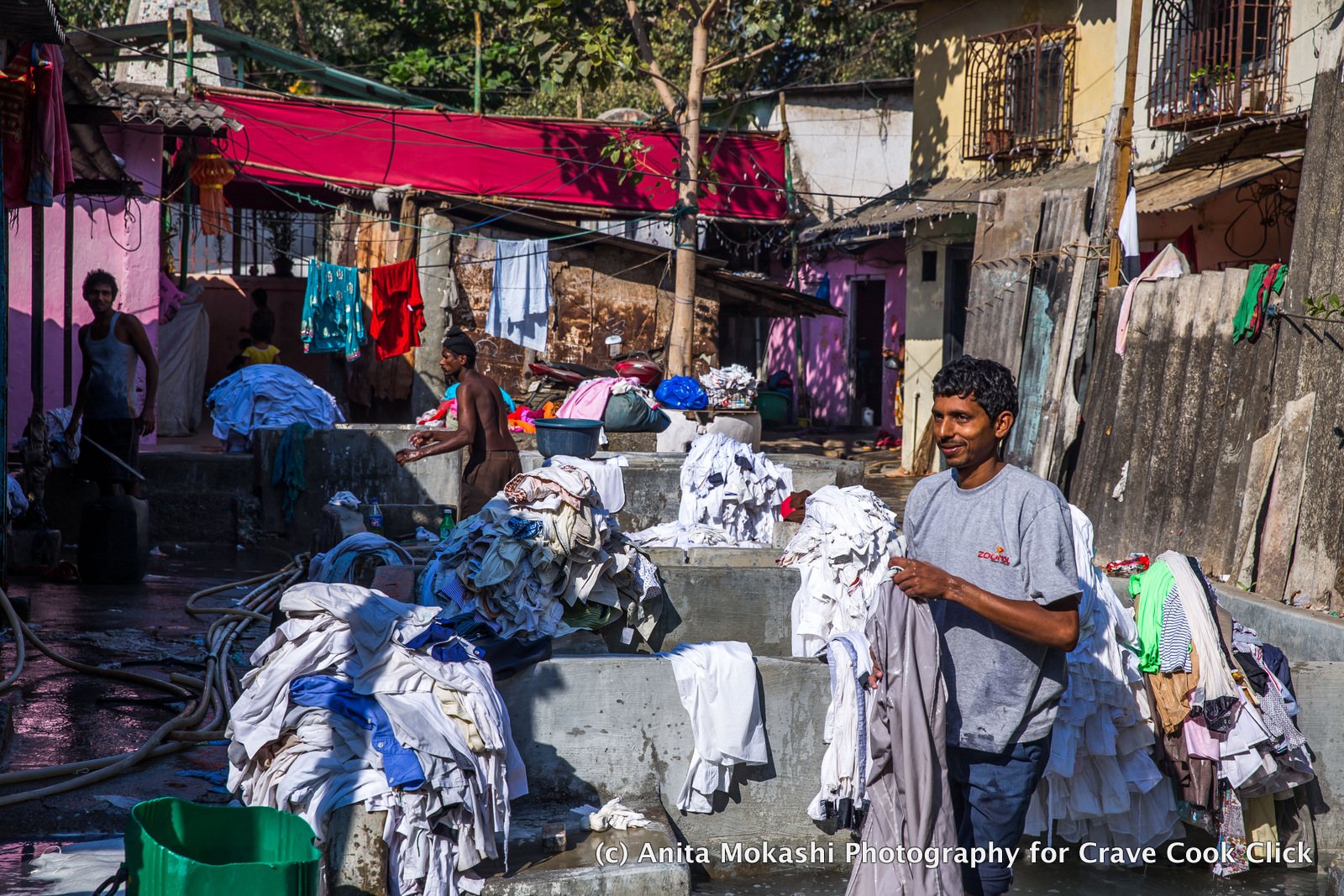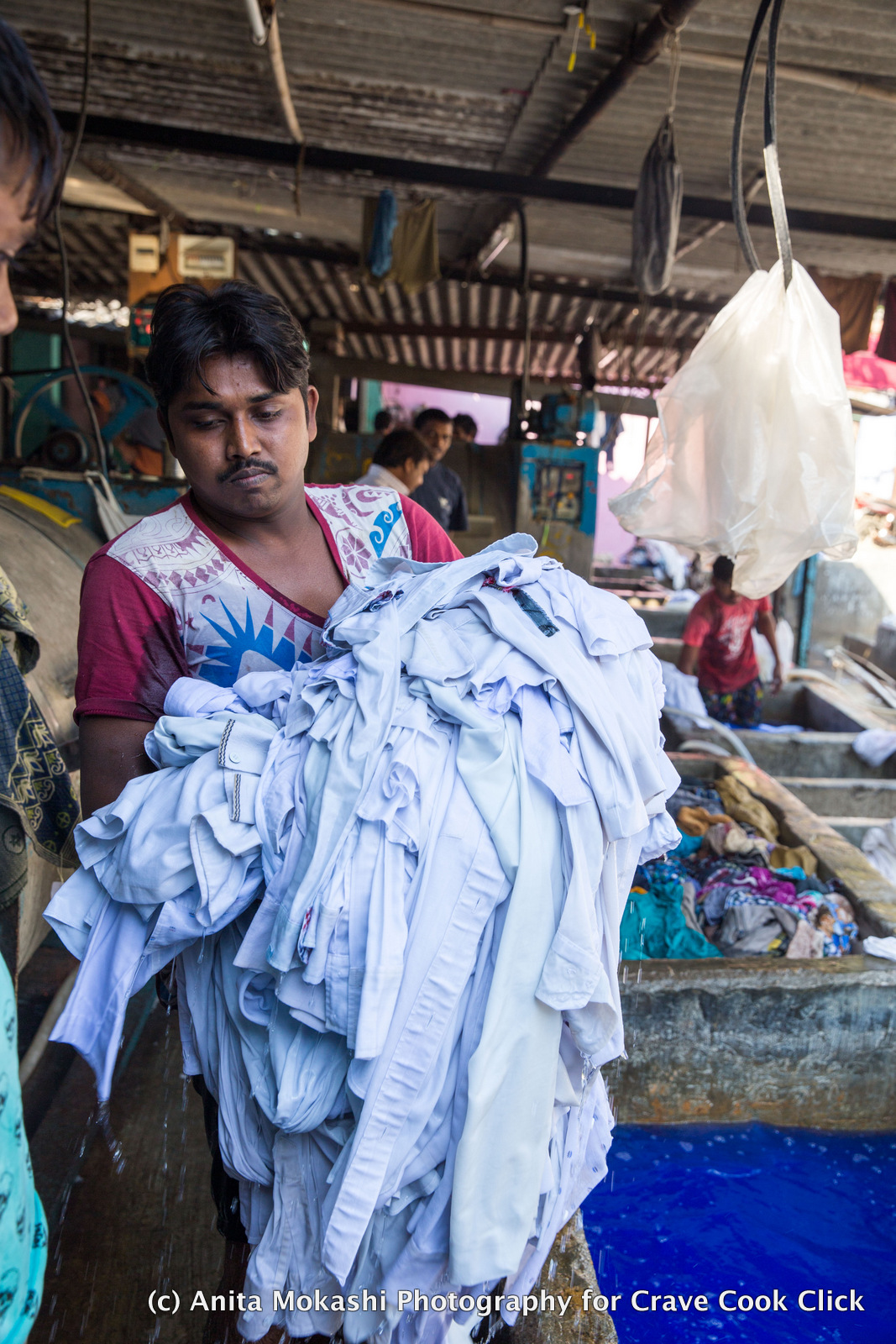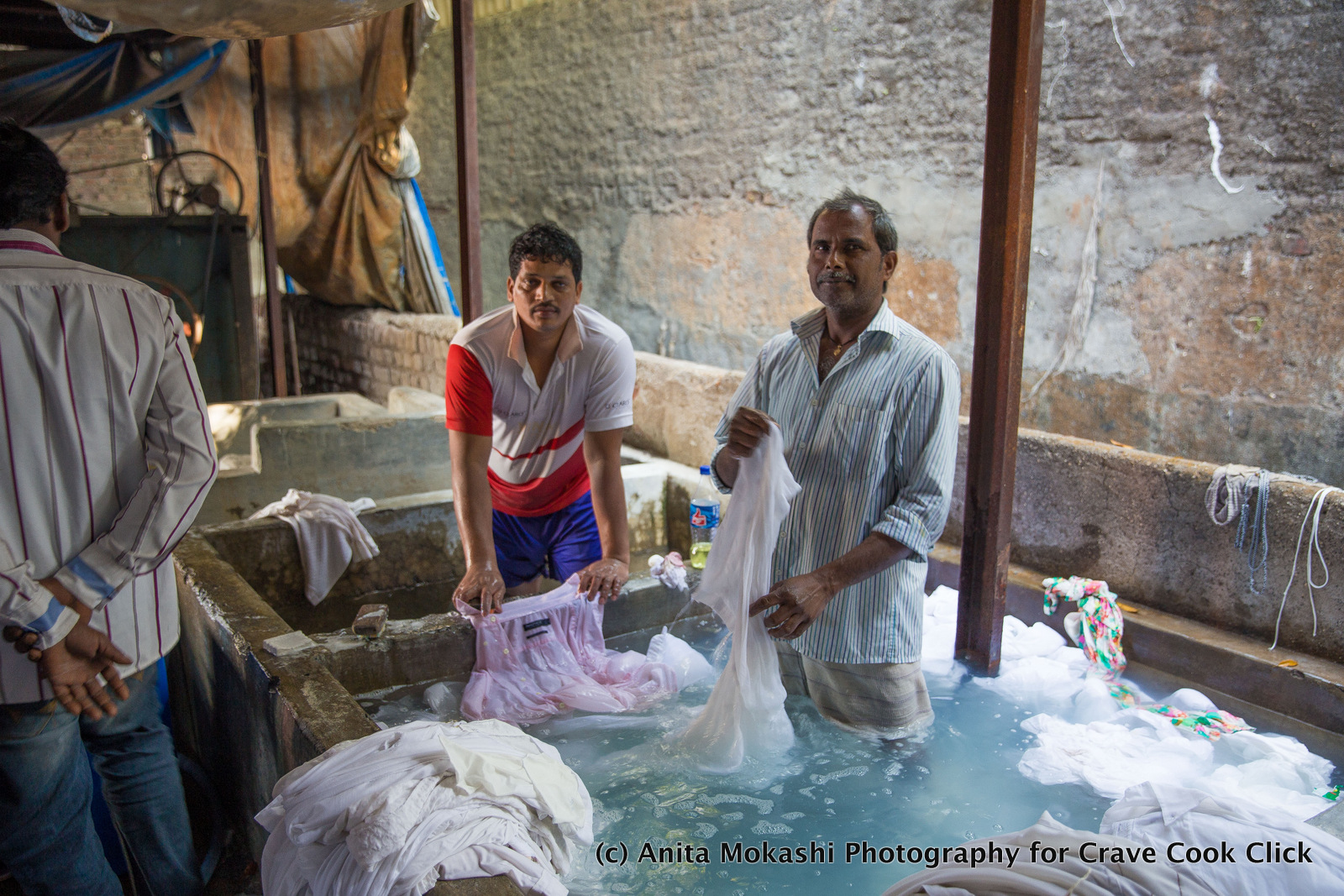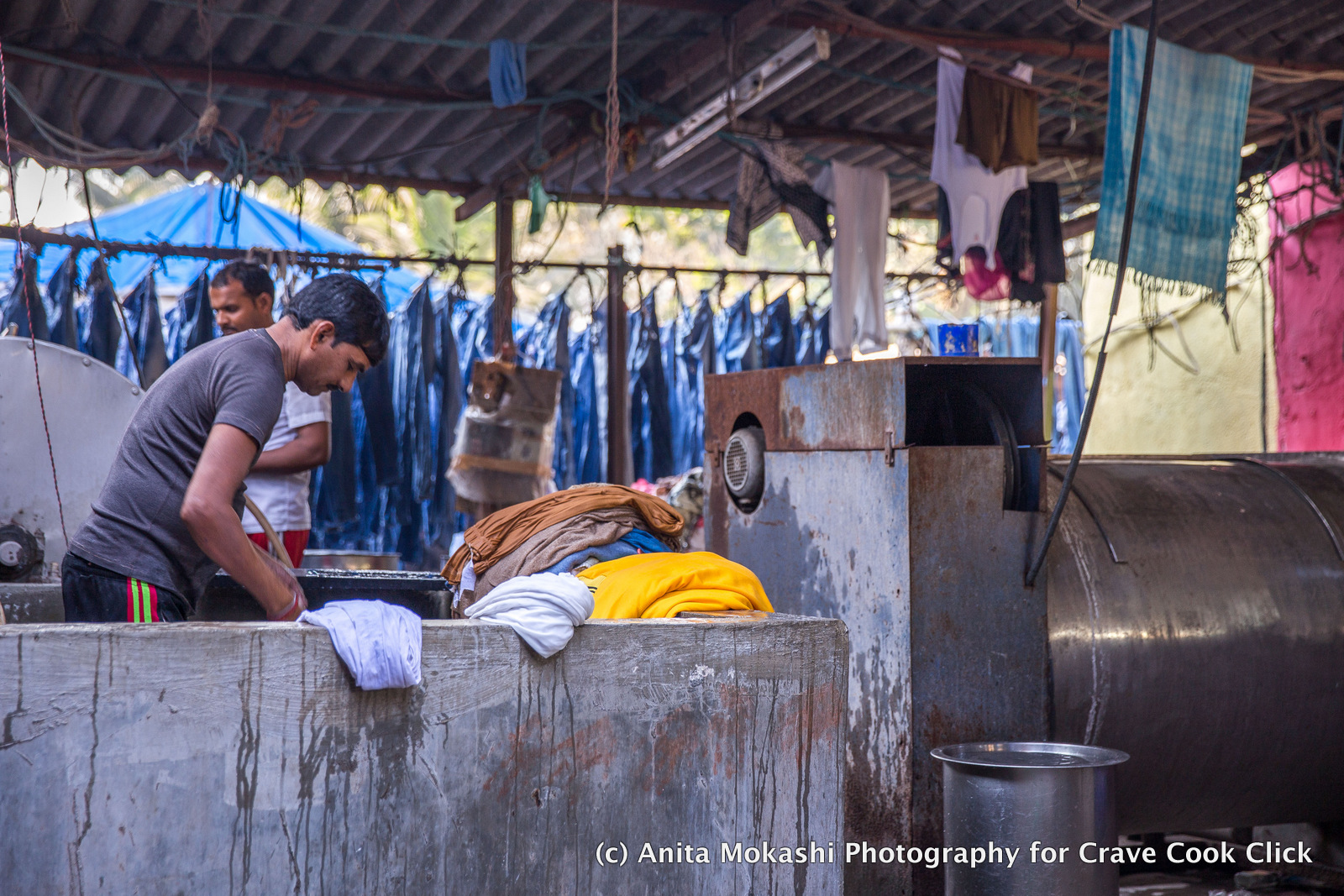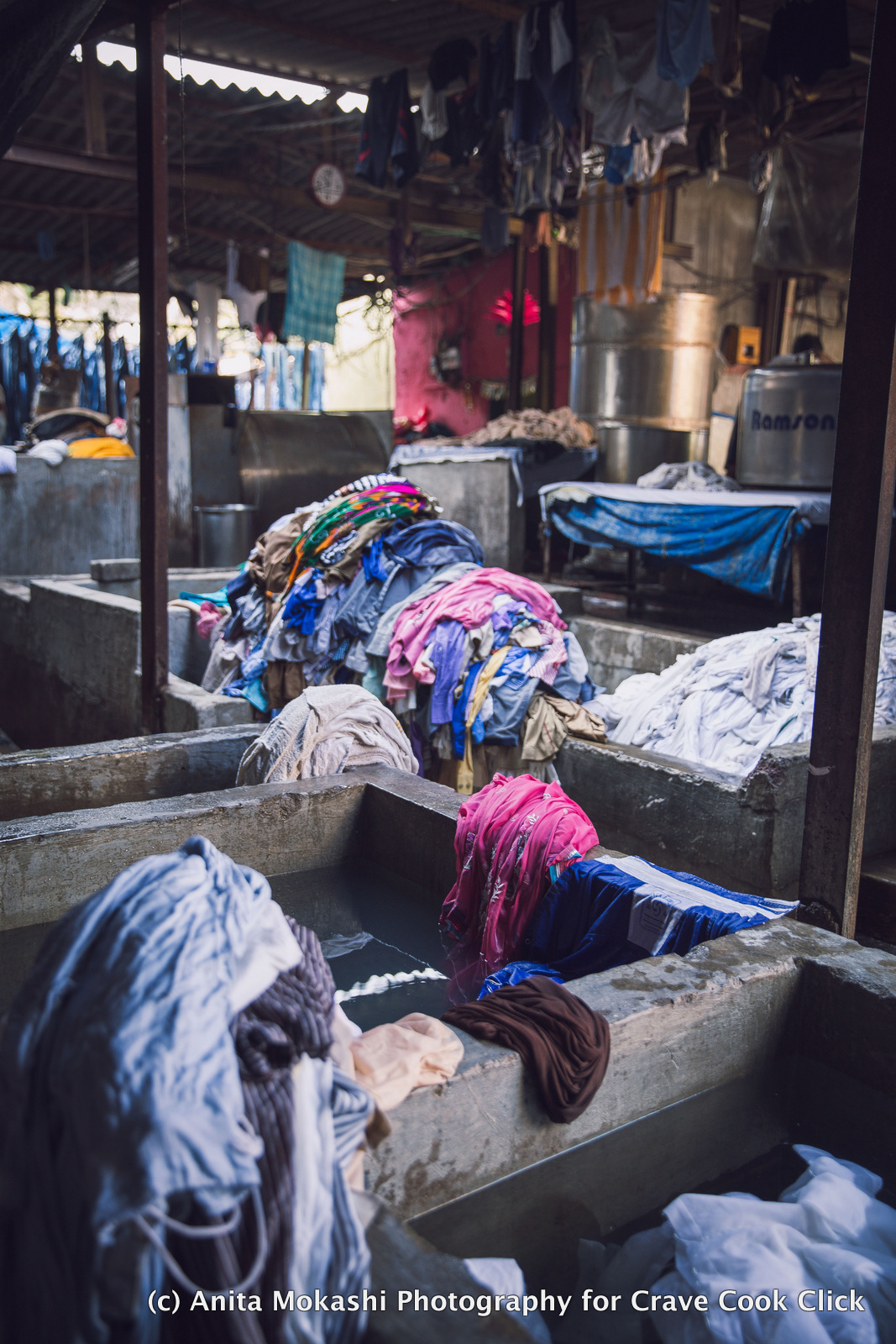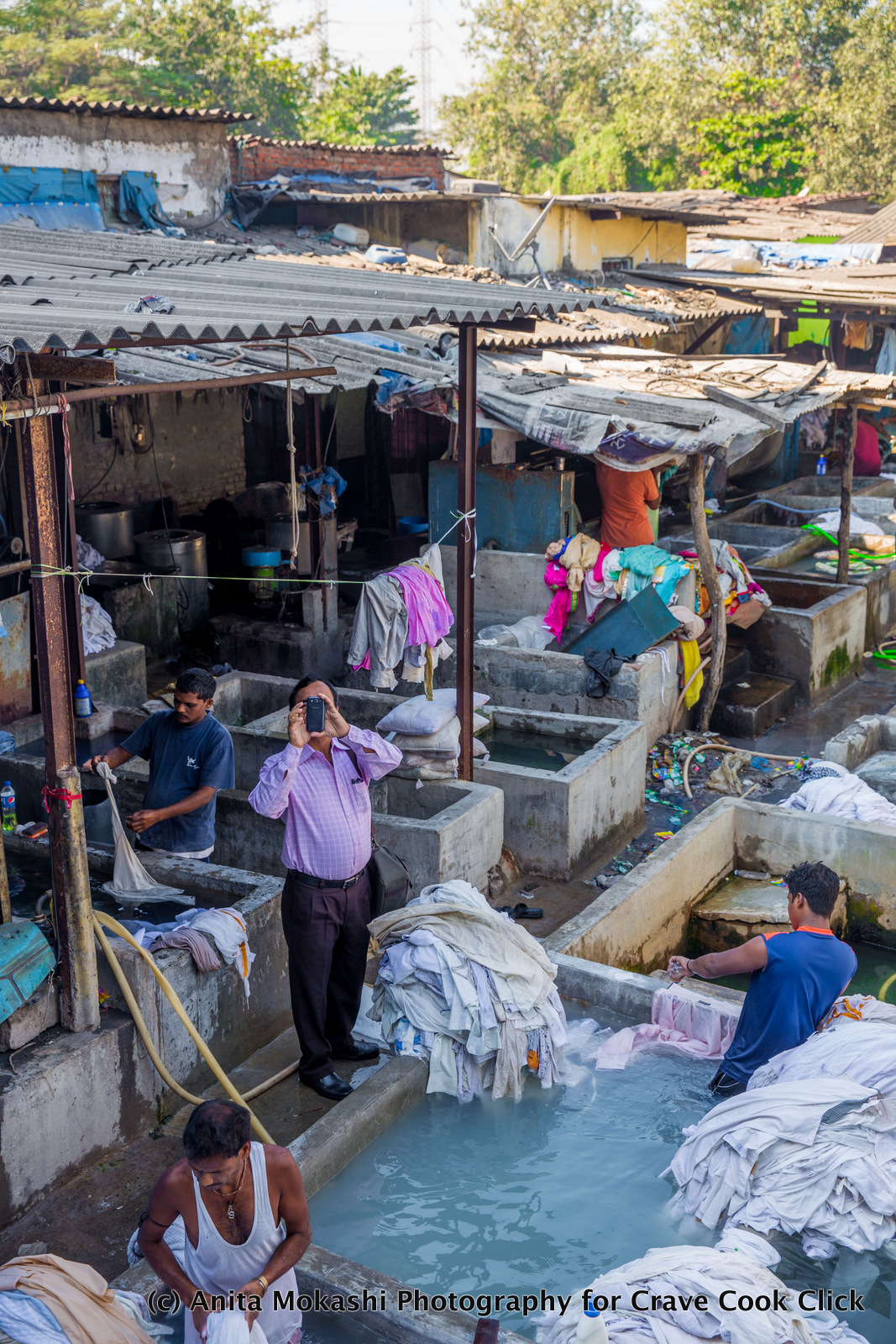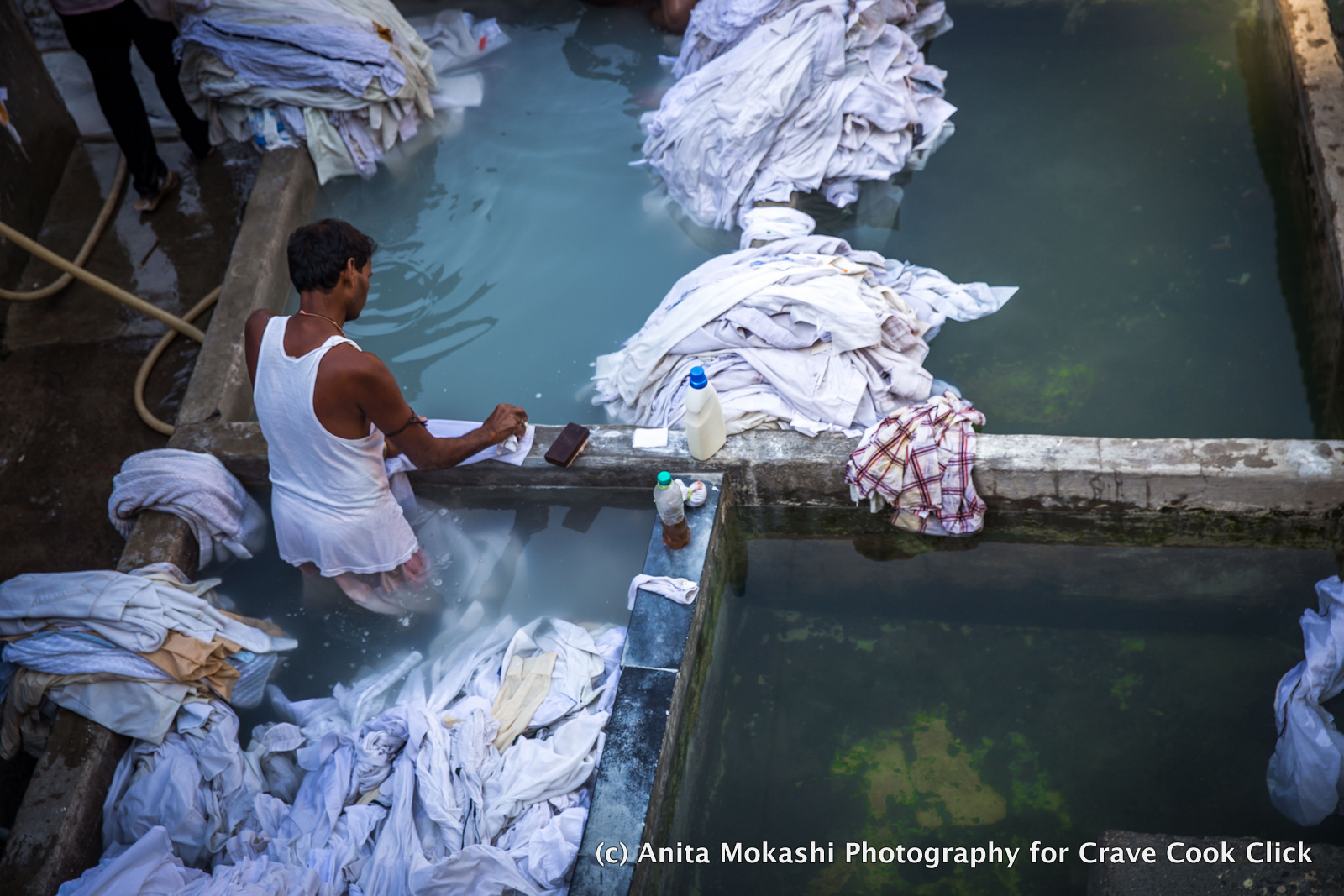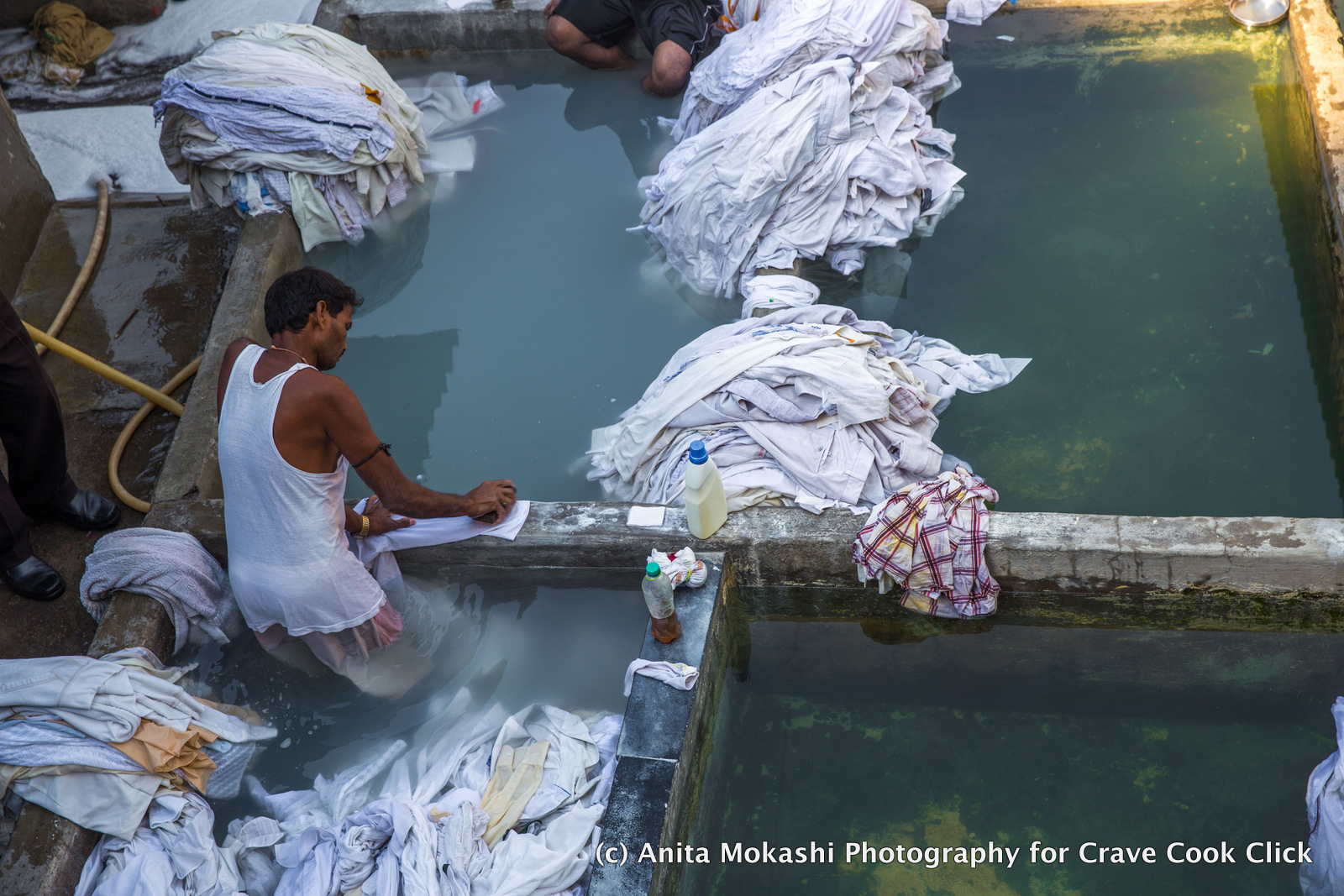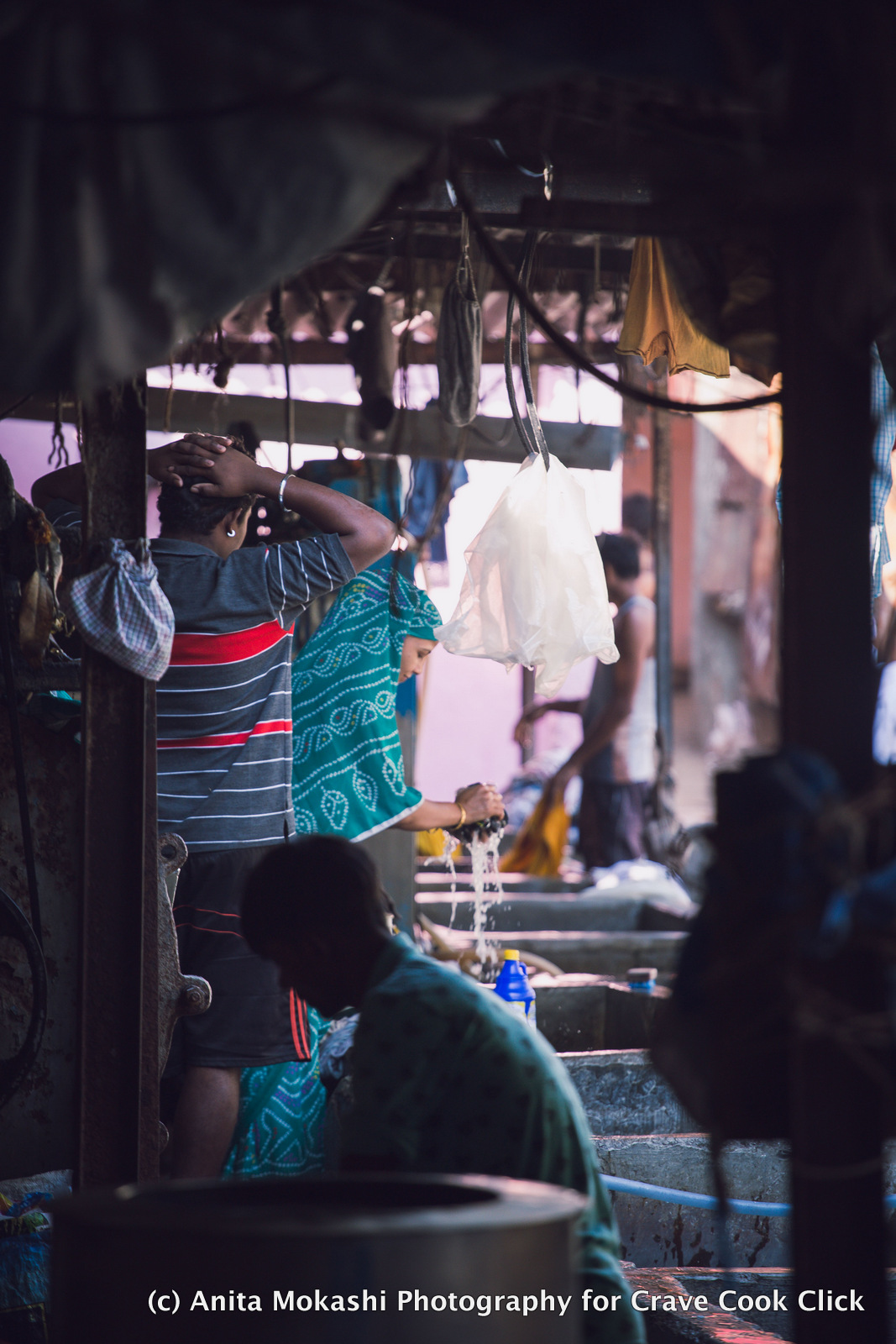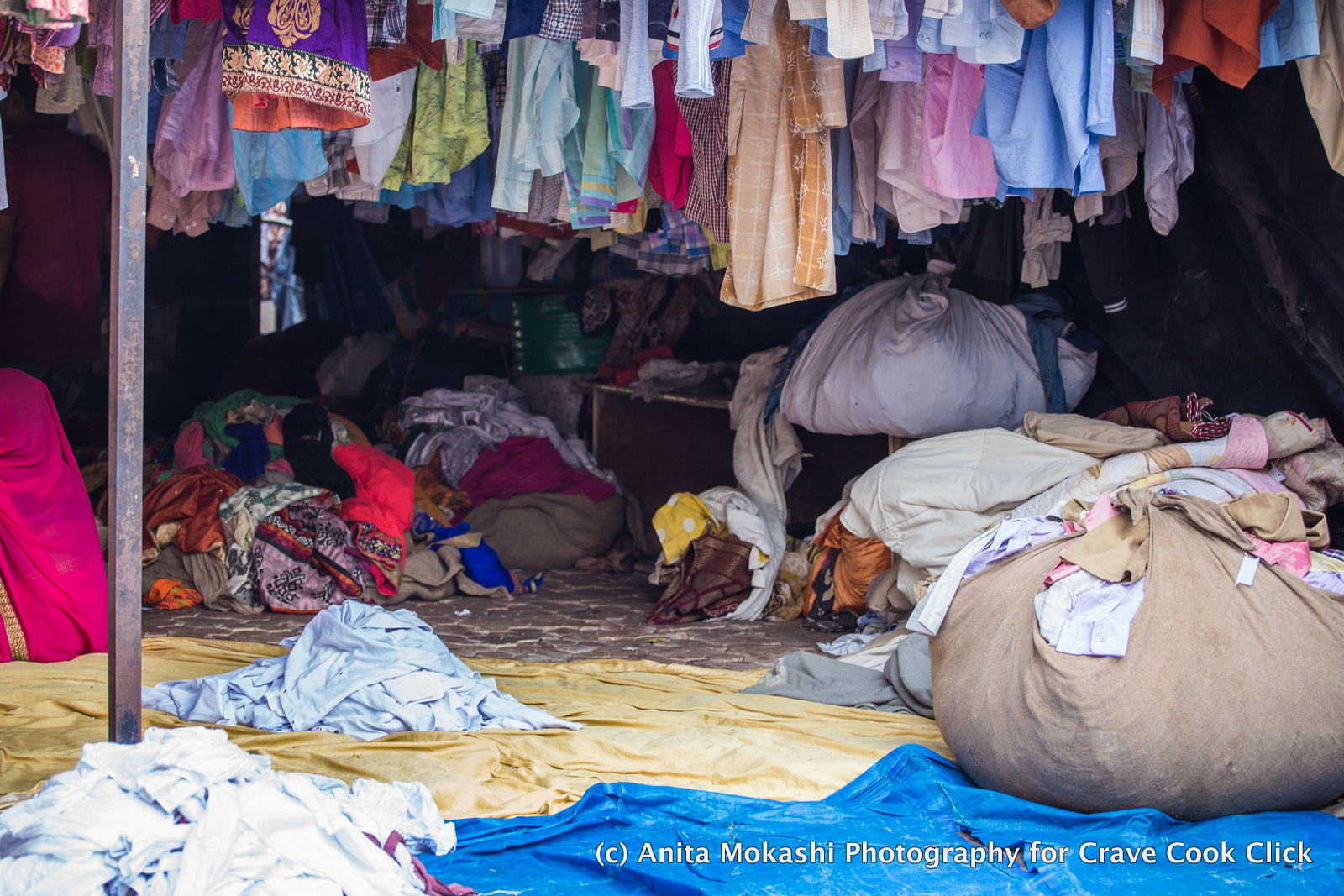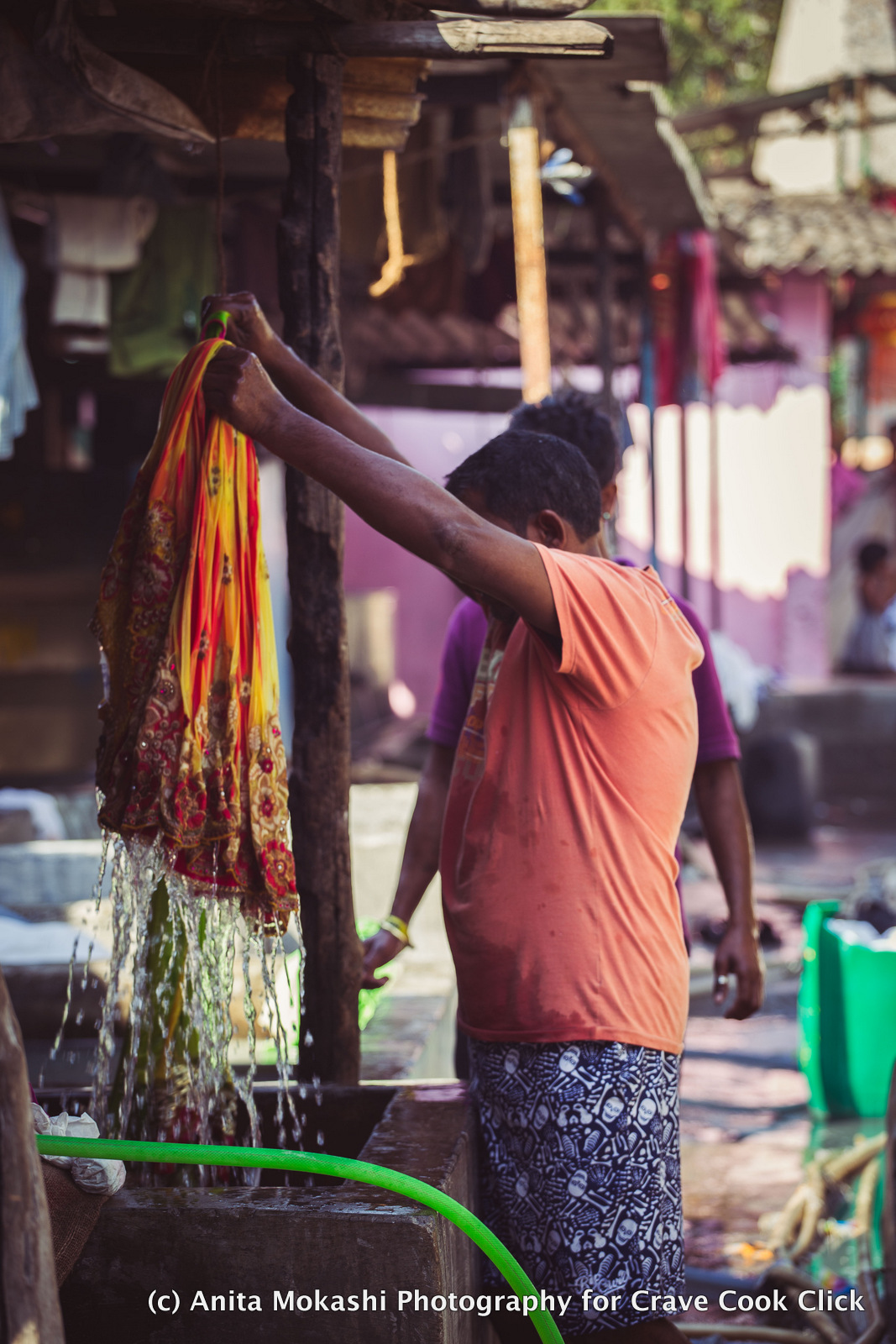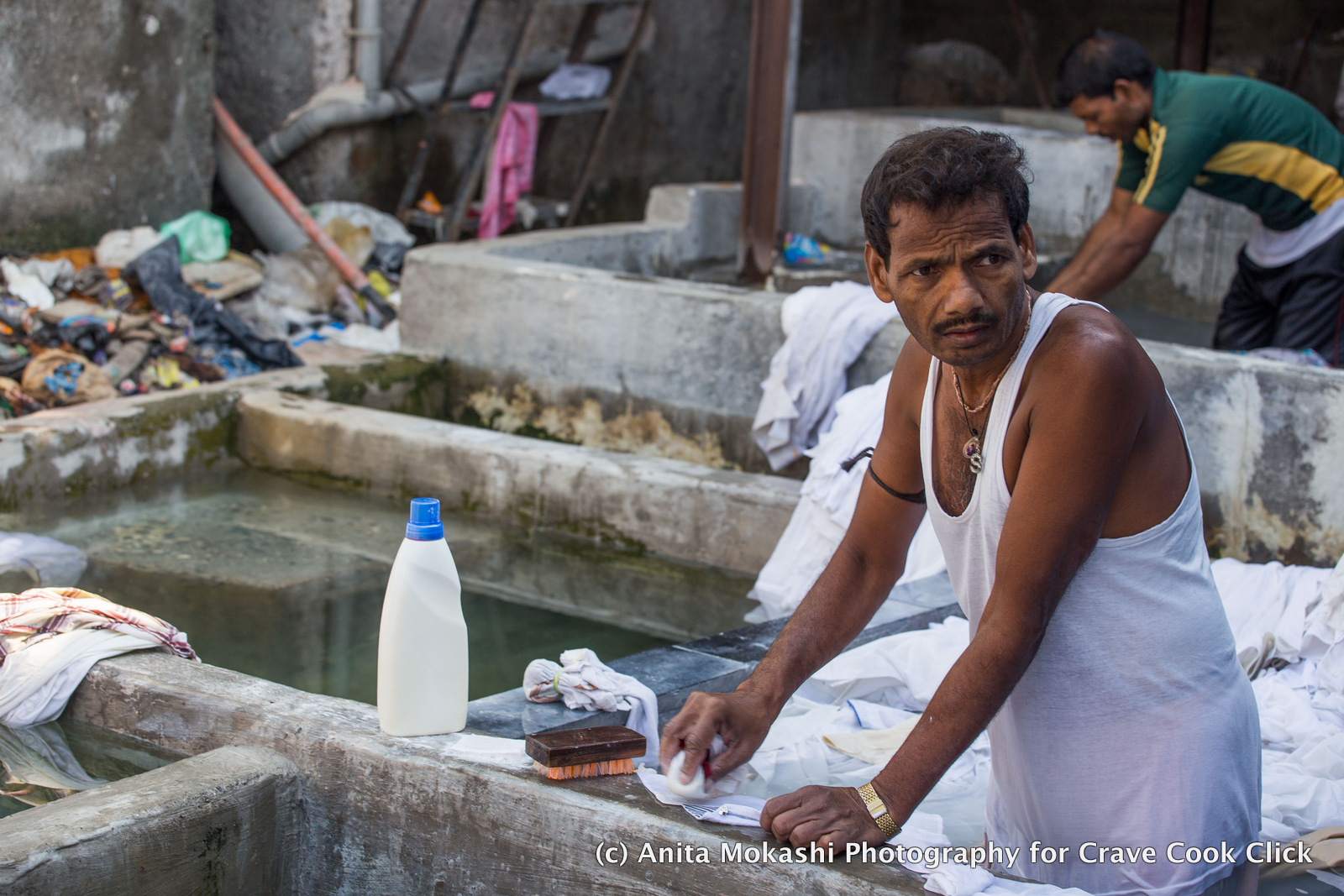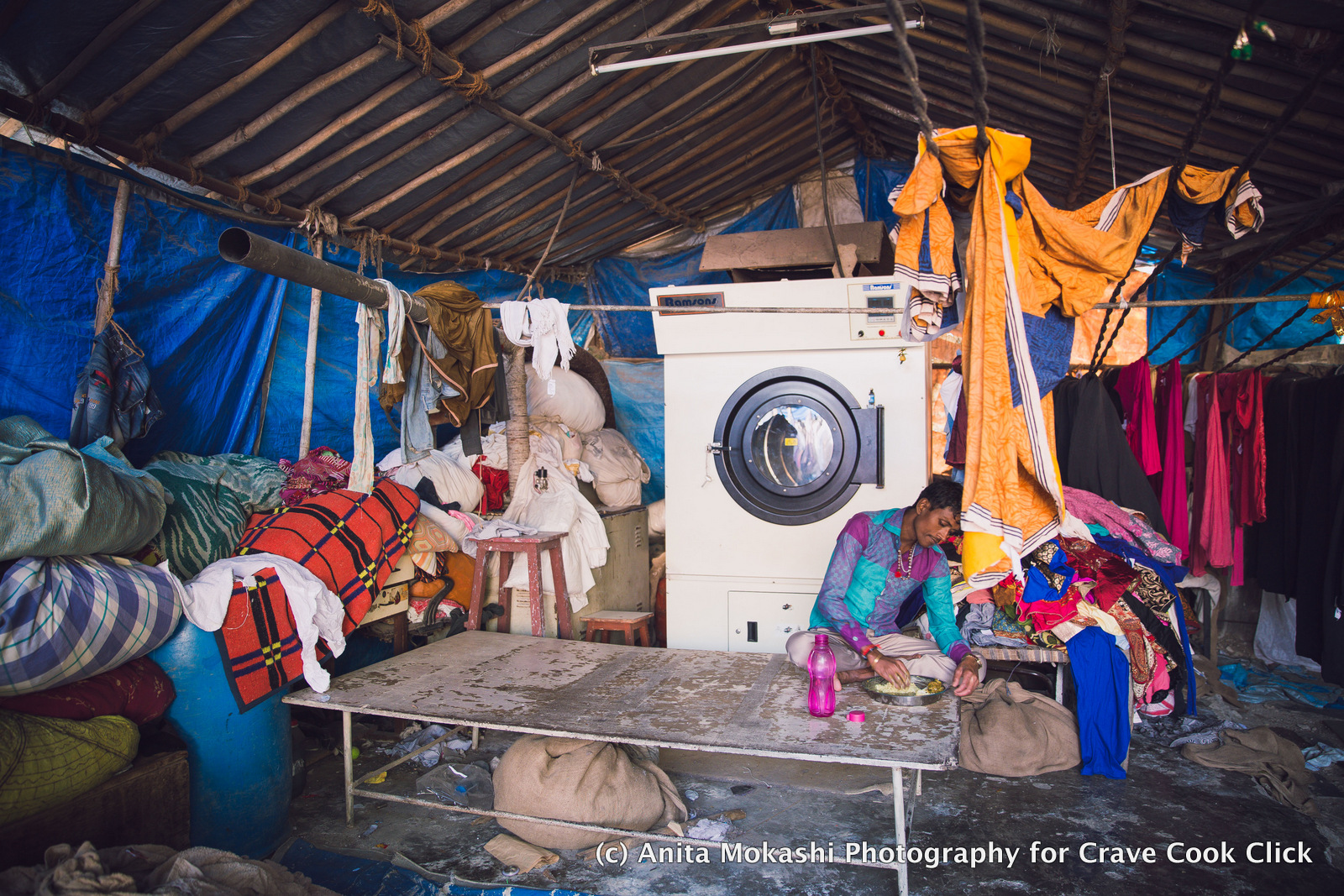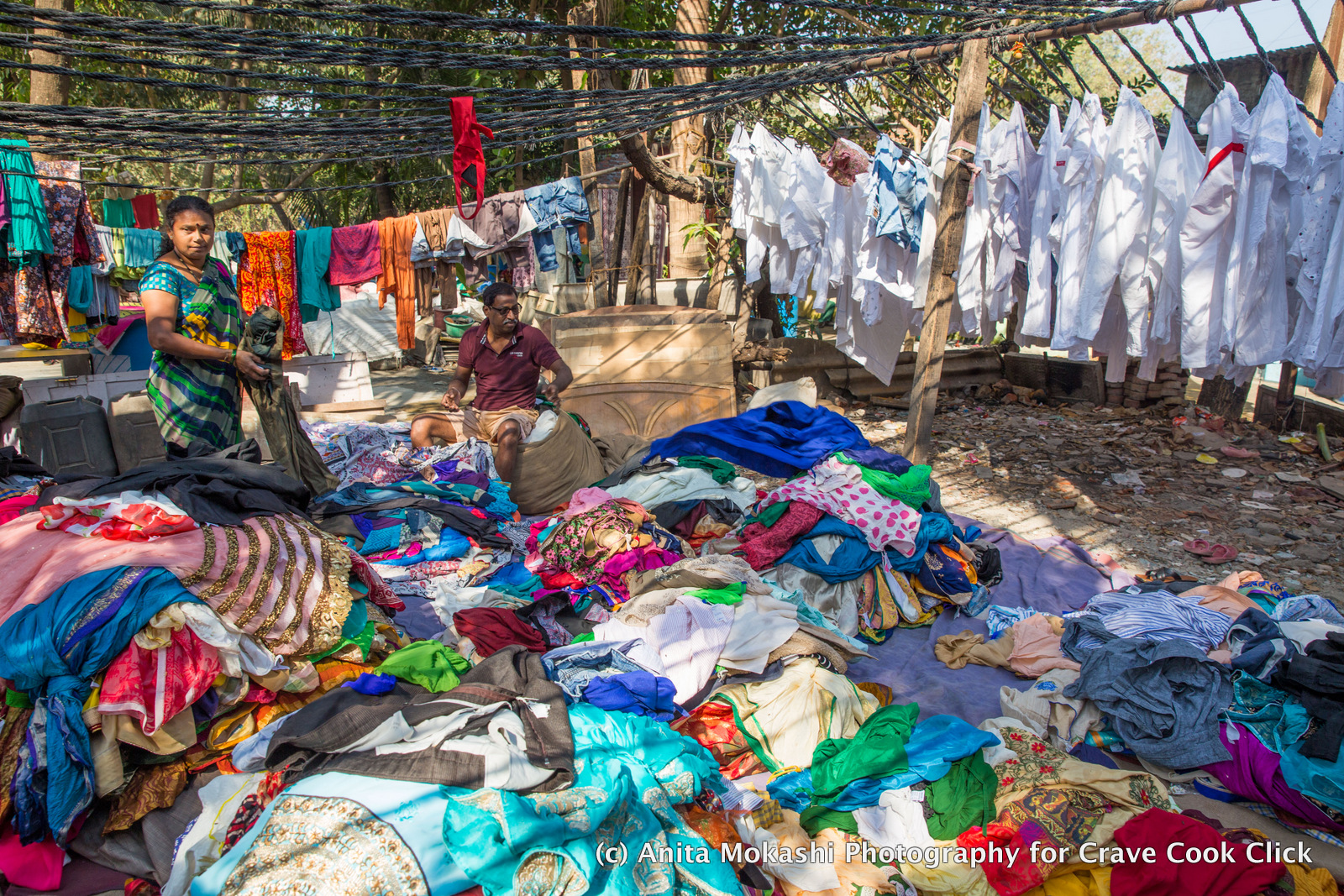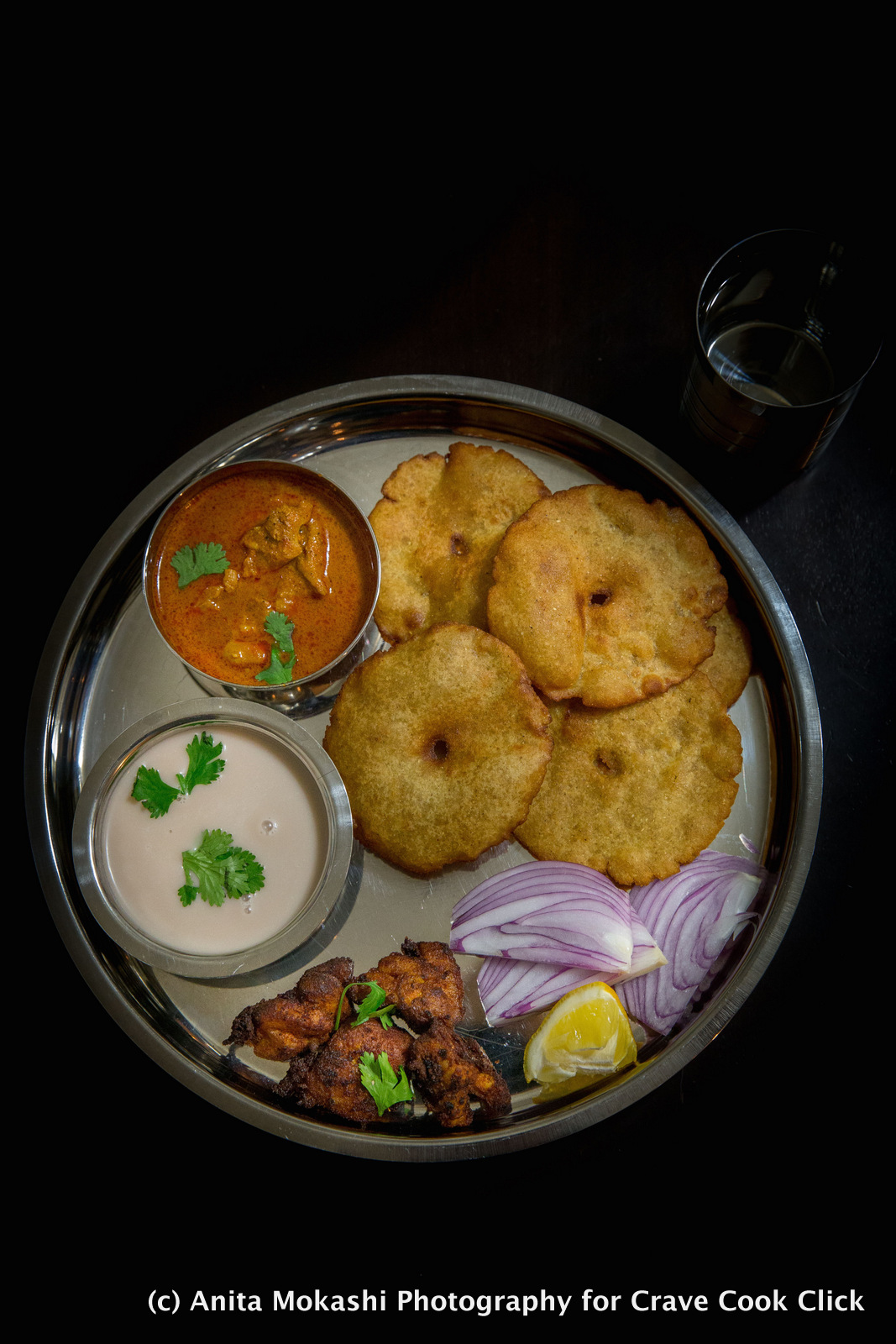
Dhobi Ghat of Mumbai
I am crazy for anything and everything about Mumbai. Being born and brought up in this amazing city, I want to capture every essence of it in my lens. After capturing the street food, the must see places in mumbai, the dadar sabzi market, the fish market and the flower market now it was time for the interesting Dhobi Ghat.

Dhobi Ghat (Mahalaxmi Dhobi Ghat) is a well known open air laundromat in Mumbai, India.The washers, locally known as Dhobis, work in the open to wash the clothes from Mumbai’s locals, hotels and hospitals.




This 140-year-old dhobi ghat (place where clothes are washed) is Mumbai’s biggest human-powered washing machine: every day hundreds of people beat the dirt out of thousands of kilograms of soiled Mumbai clothes and linen in 1026 open-air troughs. The best view is from the bridge across the railway tracks near Mahalaxmi train station.










It’s a fascinating spectacle, looking down on row upon row of open-air concrete wash pens, each fitted with its own flogging stone, while Mumbai’s dhobis (around 200 dhobi families work together here) relentlessly pound the dirt from the city’s garments in a timeless tradition. Known as the world’s largest outdoor laundry, the municipal Dhobi Ghat in Mahalaxmi is where Mumbai’s traditional washerfolk — or dhobis — provide a wonderful service, collecting dirty laundry, washing it, and returning it neatly pressed, all for a very small fee. Stubborn stains are removed by soaking garments in a boiling vat of caustic soda; drying takes place on long, brightly colored lines; and heavy wood-burning irons are used for pressing. At the very least, it’s a great photo opportunity, though most locals think it rather amusing that their everyday work arouses such curiosity.



There are rows of open-air concrete wash pens, each fitted with its own flogging stone. Called the world’s largest outdoor laundry, Dhobi Ghat is a very popular attraction among foreign tourists.







The word Dhobi Ghat is used all over India to refer to any place where many washers are present.



It is located next to Mahalaxmi railway station on the Western Railway’s Saat Rasta roundabout. It can be easily seen from flyover bridge of Mahalaxmi station.


The Dhobi Kalyan & Audhyogik Vikas Cooperative Society, the apex body that represents washermen, estimates the annual turnover of the Mahalaxmi Dhobi Ghat at around Rs 100 crore. For 18 to 20 hours each day, over 7,000 people flog, scrub, dye and bleach clothes on concrete wash pens, dry them on ropes, neatly press them and transport the garments to different parts of the city. Over one lakh clothes are washed each day. Some of the wealthier dhobis have given up on manual cleaning and have now installed large mechanical washing and drying machines. The dhobis collect clothes from all corners of the city, from Colaba to Virar. Their biggest clients are neighbourhood laundries, garment dealers, wedding decorators and caterers, mid-sized hotels and clubs.




Dhobi Ghat garnered a Guinness Book of World Records entry under ‘most people hand-washing clothes at a single location’ in 2011. In 2013, World Records India and World Amazing Records honoured World Record Certificate to Dhobi Kalyan & Audhyogik Vikas Co – op. Society Ltd

Home to the dhobis and their families (around 200 families), the Dhobi Ghat has seen this occupation passed down from one generation to the next. Also known as the Mahalaxmi Dhobi Ghat, it can be viewed easily from the Mahalaxmi Railway station. The best time to visit Dhobi Ghat is early morning and early afternoon. While the dhobis are in action in the morning to take care of the washing load, the early afternoons are an ideal time to see the clothes dry.

Reference: Wikipedia, TOI, Frommers
You can see all pics on below gallery




